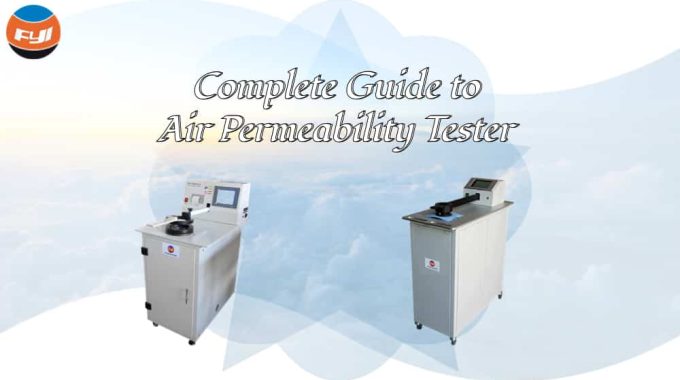
Complete Guide to Air Permeability Tester
Air permeability is a widely used test that measures the ease with which air can pass through a fabric and helps to indicate the air permeability of the fabric, especially for wind-proof, weather-resistant, and water-resistant fabrics.
YG461F Fully Automatic Air Permeability Tester is used to determine the air permeability of fabric automatically. The wide measuring range covers all kinds of knitted, woven, non-woven, coated fabrics, paper, film, leather, etc.
Contents
Test principle
Test principle is: according to the specified standards and test parameters, the specimen is secured into the test head of clamping system without distortion and minimal leakage, and then the suction system adjusting the airflow rate that preferably provides specified pressure differentials between the two surfaces of the specimen being tested, and then the air permeability of the specimen is measured. Air permeability refers to: under the specified pressure difference between the two sides of the fabric, the air flow rate per unit area of the fabric vertically in unit time; In the case of differential pressure between the two sides of the fabric, the performance of air transmission is called air permeability.
Working principle
The specimen is fixed to the test area by the clamping handle of the device. Press down the clamping handle, the machine can start test automatically, a strong suction pump begins to draw air through the interchangeable test head in a circular opening. After the preset test pressure is automatically reached and maintained for a few seconds, the air permeability value of the test specimen is displayed in the preset measurement unit. After pressing the clamping handle again, the specimen is released.
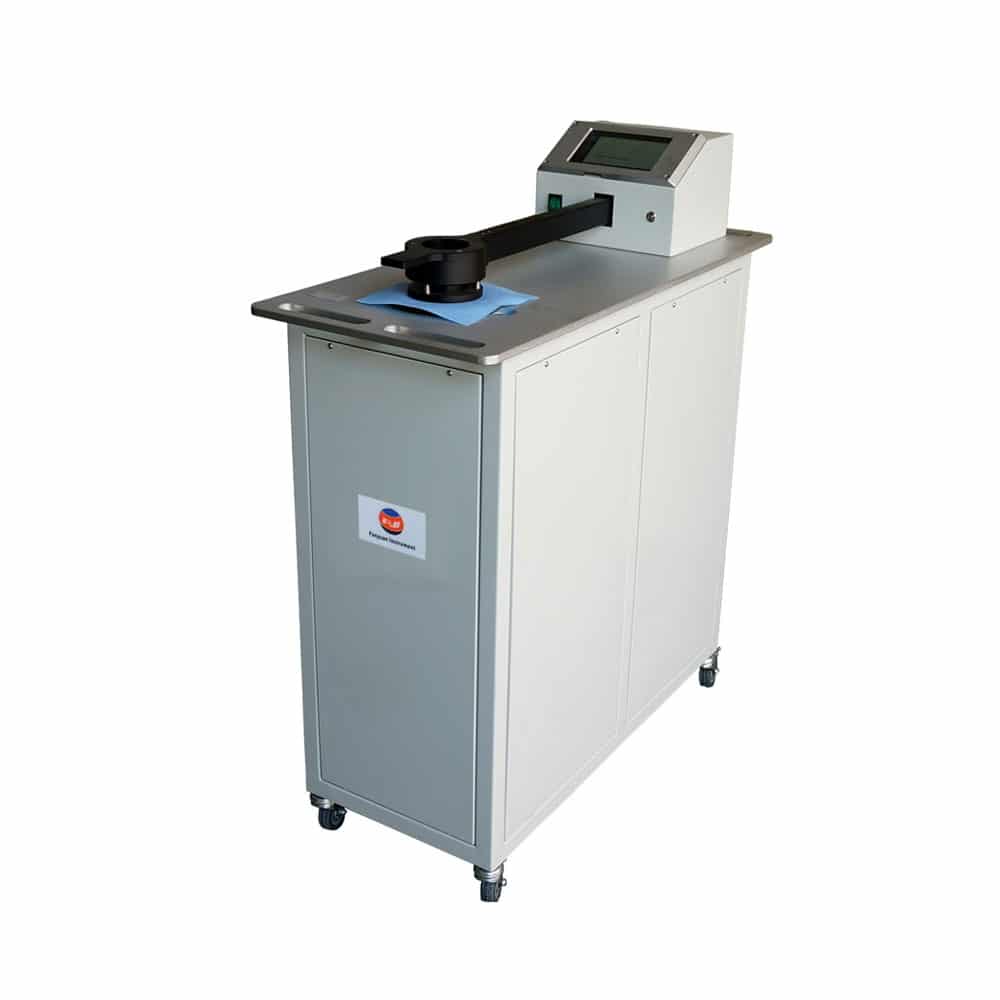
Features of YG461F air permeability tester
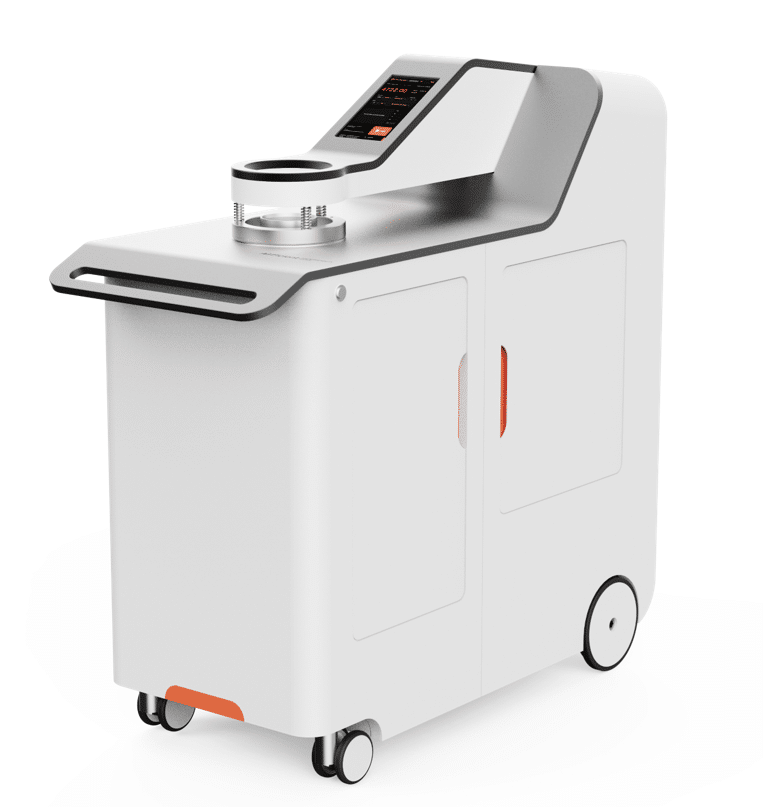
- New upgrade: The automatic design principle greatly improves the test speed and working efficiency. The appearance of the equipment is completely redesigned and the control technology is fully upgraded;
- Control accuracy: Automatic positioning aperture, no human error, more accurate and fast. There are 8 different apertures on the orifice plate; it selects the applicable size according to the fabric permeability performance;
- Intuitive Automatic ranging system detects the size of the Orifice and determines the appropriate pressure range;
- Simple operation: using color touch screen, concise and elegant, easy to operate;
- Show straightforward results in the unit of your choice; Unit: mm/s, L/m2/ s, cm3/cm2/s, dm/min, L/dm2/ min, m/min, m/h, cfm;
- Equipped with a calibration plate, user can do simple calibration if the result is far from the standard value.
- Micro printer for the output of test results;
- Quiet and powerful suction system accommodates a variety of test heads;
- Single press and release the test head to press or release the specimen conveniently;
- Fume wheel feet, the tester can be moved at will;
- Autonomy change test heads according to different standards :
| GB/T 5453 | 20cm²(5cm²,50cm²,100cm²) |
| DIN 53887 | 20cm² |
| ASTM D737 | 38cm² |
| AFNOR G07-111 | 20cm²or 50cm² |
Test procedures
- Specimen condition: Test the conditioned specimens in the standard atmosphere for testing textiles, which is 21 ± 1°℃ (70 ± 2°F) and 65 ± 2% relative humidity, unless otherwise specified in a material specification or contract order. Handle the test specimens carefully to avoid altering the natural state of the material.
- Power on the tester and preheated for about 30min.
- The instrument test is related to the atmospheric pressure. It is recommended to perform proofreading every working day.
- Set test times: According to the related standards GB/5453 requires at least 10 times in different place in one specimen. And DIN 53887 requires at least 5 times. Other standards requires please refer to the corresponding standards.
- Cutting specimen size: In general, specimen needn’t be cut, it can be tested directly. If you need to cut, size of specimen at least 25cm × 25cm (ASTMD737) or 20cm × 20cm (DIN53887).
- Choose proper testing area and install the corresponding test head:
According to the related standard:
| ISO9237 | 20cm²(5cm²,50cm²,100cm²) |
| ISO 9073 | 20cm²(38 cm²,50 cm²) |
| DIN 53887 | 20cm² |
| ASTM D737 | 38cm² |
| AFNOR G07-111 | 20cm²or 50cm² |
- You do not need to change the test area, but the following exceptions:
- If a specimen should be tested in different testing area according to the standard or customer required, test area and clamp need change.
- If the density of specimen is very high, and the permeability is lower than the lower limit of the machine, larger test area should be used.
- If the density of specimen is very low, and the permeability is higher than the upper limit of the machine, smaller test area and orifice plate should be used.
- Different testing area of the test results can’t compared to each other directly. If you want to compare the air permeability of different specimens, they should be tested under the same test area, use the same clamp.
- Set measurement pressure according to the related standards:
| ISO 9237 | 100Pa apparel fabrics 200Pa industry fabrics |
| ISO 9073 | 100Pa/125Pa/200Pa |
| AFNOR G07-111 | 196Pa |
| ASTM D 737 | 13mmH2O(=0.5W.C 125Pa) |
| DIN 53887 | 100Pa apparel fabrics 160Pa parachute 200Pa industry fabrics, non-woven fabrics |
- Place test specimen onto the test head of the air permeability tester, and secure the clamping system;
- Click “Test” key to start the test. If you have forgotten to press down the sample indenter or the pressing time is too short, you will see a prompt box on the screen, click “Confirm”, and press the indenter again.
- If the current orifice plate is not suitable, the orifice plate will be changed automatically until the test result is obtained.
- After the test is completed, press the sample indenter and release your hand. The sample indenter will also be lifted. Remove the tested specimen and continue test all specimens have been tested for each laboratory sampling unit. For special applications, the total edge leakage underneath and through the test specimen may be measured in a separate test, with the test specimen covered by an airtight cover, and subtracted from the original test result to obtain the effective air permeability.
Comments are closed.
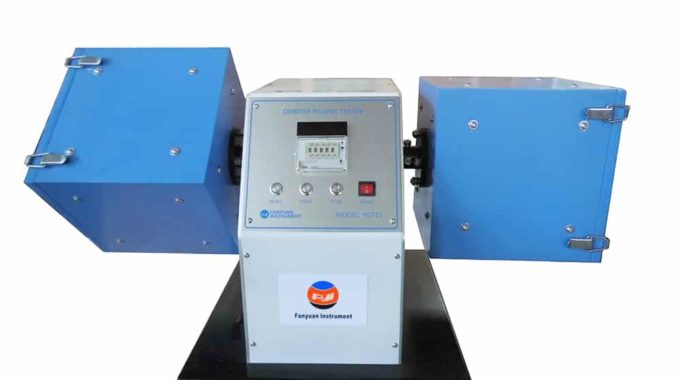
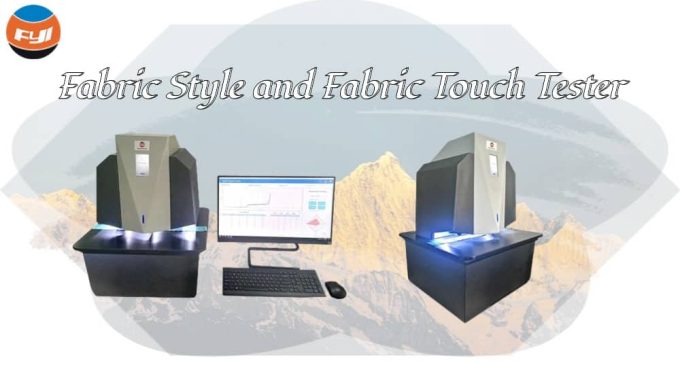
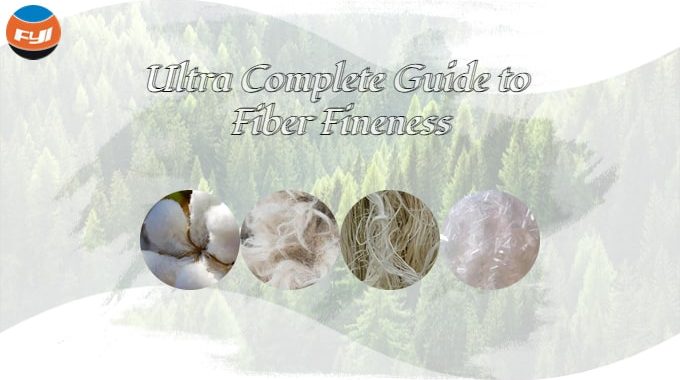
I want to commend the writer for their ability to make complex concepts easy to understand, making this article accessible to readers of all backgrounds.
I now know that this article will become a go-to resource for anyone seeking comprehensive information on the topic.
Join the community of avid readers who appreciate the value this blog brings.
Want to delve deeper into the subjects explored? This blog provides ample resources for further exploration.